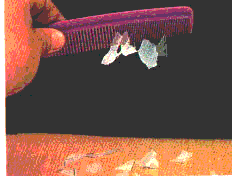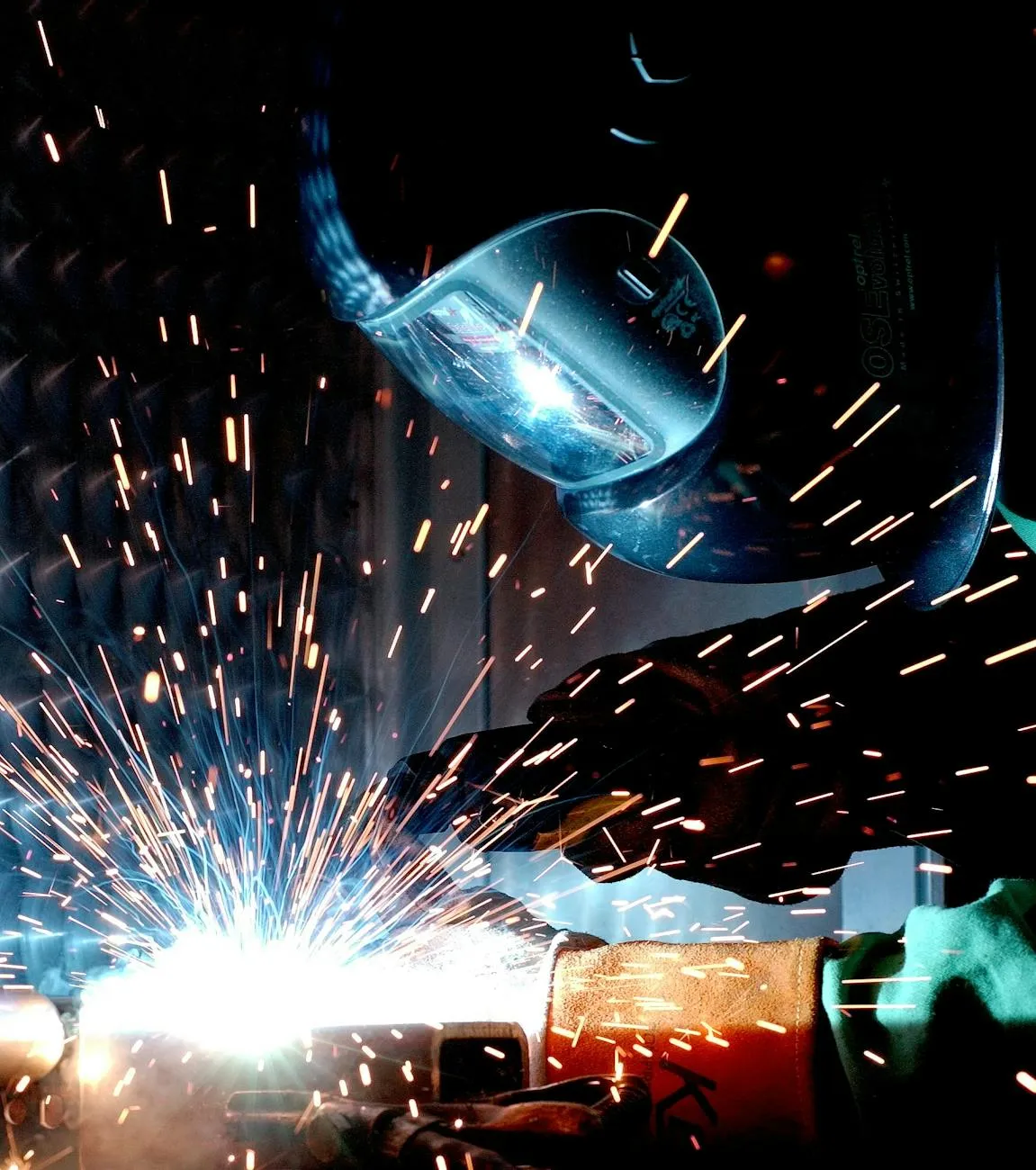This post aims to demonstrate and explain the properties and effects of static electricity, shedding light on its significance and implications for everyday life and advanced technology.
Table of Contents
EXPERIMENT 1.2: Nature of Electric Charges
Aim: To demonstrate different kinds of electric charges
Apparatus: Clamp and stand, 2 plastic strips, woollen cloth
Procedure:
- Charge a strip of grey plastic by rubbing it on a dry woollen cloth. Suspend it by a thread from a support as shown in figure (a) below. Charge second strip of grey plastic in a similar way and bring it close to the suspended plastic as shown in figure (b) below:

Discussion:
Observe what happens. Why do you think this happens?
- Now repeat the procedure, this time using one strip of charged grey plastic and one strip of charged clear plastic as shown in figure (c) above. Again, observe what happens.
Discussion:
Is there any difference between these results and those you observed in the first experiment? Why does this happen?
Explanation:
These experiments suggest that there are two types of charges involved, the positive (+) and negative (-). The like charges (+ and + or – and -) repel each other, while unlike charges (+ and – or – and + ) attract one another. This is what we call “the Fundamental Law of Electric Charge” which states that:
- Opposite electric charges attract each other;
- Similar electric charges repel each other;
- Charged objects attract some neutral objects
Whether the plastic becomes positively or negatively charged is dependent on the materialMaterial or Matter is anything which has mass and occupies s... More against which it is rubbed. Different materials charge in different ways.
The table below shows a pair of substances and the charges that they obtain when rubbed together:
| Rubbed together with | |
| Pyrex glass (+) | Cotton (-) |
| Perspex (+) | PVC tape (-) |
| Perspex (+) | Cotton (-) |
| Perspex (+) | Fur (+) |
| Polythene (-) | PVC tape (+) |
| Polythene (-) | Fur (+) |
| Polythene (+) | Cotton (-) |
From the above experiment, we can conclude that Static electricity can cause materials to attract or repel each other. However, it can also cause a spark to jump from one materialMaterial or Matter is anything which has mass and occupies s... More to another.
Attraction
Rub a balloon on a wool sweater. The balloon collects negative electrical charges on its surface and the wool collects positive charges. You can then stick the balloon to the wall, which does not have an excess of either charge. The balloon will also stick to the wool, although the charges may jump back to the original materialMaterial or Matter is anything which has mass and occupies s... More in a short time.
You can also run a comb through your hair to charge the comb with static electricity. The comb can then be used to attract neutral pieces of tissue.

Using static electricity to pick up tissue with a comb
Repulsion
Comb your hair on a dry day or after using a hair dryer. The plastic comb collects negative charges from the hair, causing the hair to have an excess of positive charges. Since like charges repel, the hair strands will tend to pushAction force is The force exerted by one body on a second bo... More away from each other, causing the “flyaway hair” effect.
Sparks
If there are enough positive (+) electrical charges on one object or materialMaterial or Matter is anything which has mass and occupies s... More and enough negative (−) charges on the surface of the other object the attraction between the charges may be great enough to cause electrons to jump the air gap between the objects.

Once a few electrons start to move across the gap, they heat up the air, such that more and more will jump across the gap. This heats the air even more. It all happens very fast, and the air gets so hot that it glows for a short time. That is a spark. The same thing happens with lightning, except on a much larger scale, with higher voltages and currents.


